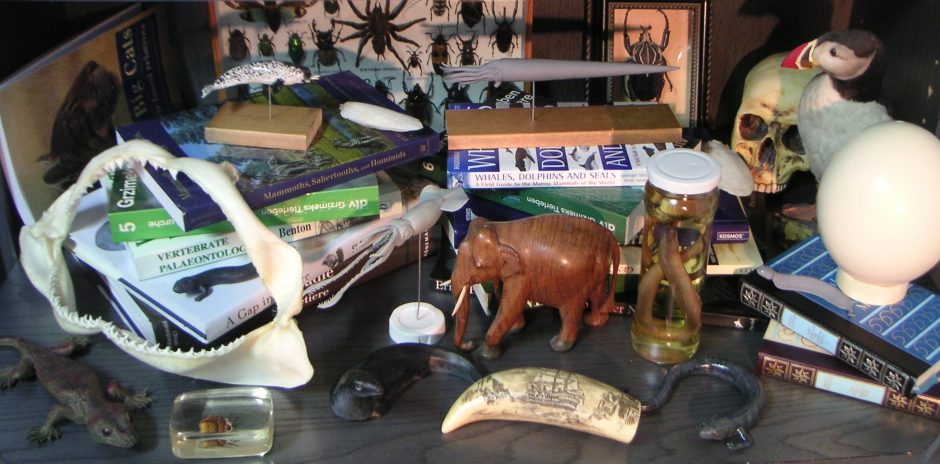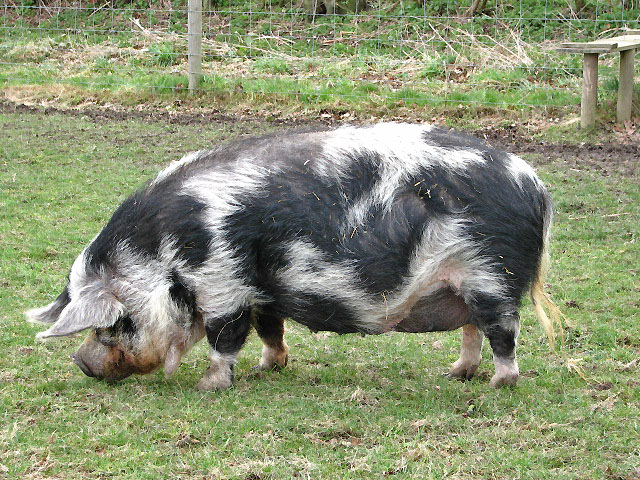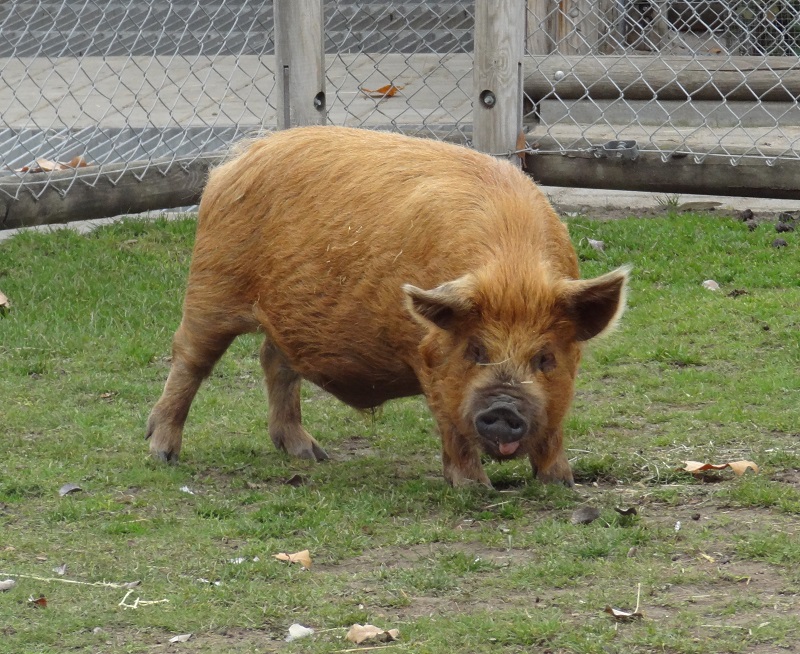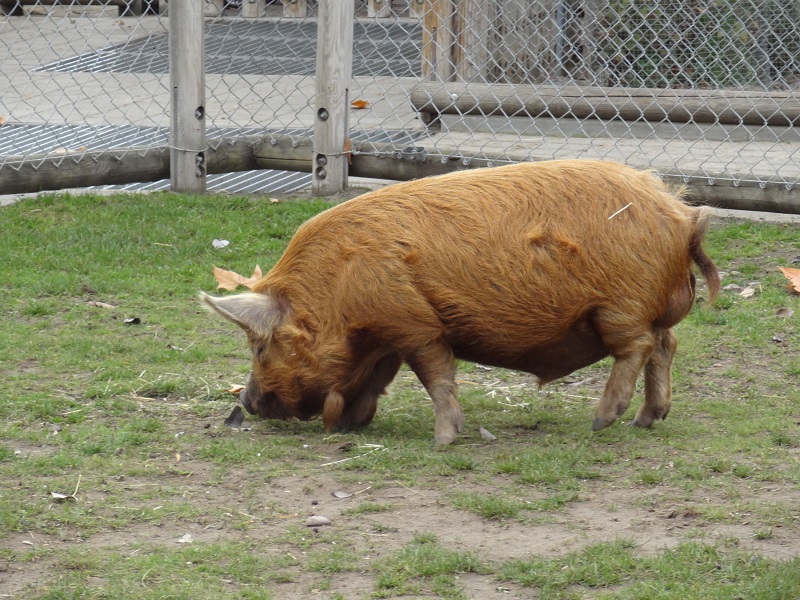This post is a novel one, as it´s the first one written in (probably bad) English. So far all posts I wrote within the last 8 years on my blog were only in German, but I will give it a try to make at least on occasion also blog entries in English, especially when they deal with topics which could be interesting for a bigger audience. I hope I won´t do too many typos, misspellings and grammar errors, but I am sure that this will still happen.
I´ve been a very big Tolkien fan for decades, and „The Hobbit“ in particular is still among my all time favourite books. But I wasn´t really happy about the three movie adaptions by Peter Jackson, not only because they were full of ridiculous stunt scenes, totally senseless changes of the storyline and certain characters, but also because many of the designs just looked unfitting to say it at least. Especially the orcs in „The Hobbit: The Battle of the Five Armies“ looked simply awful, and many things in the movie looked much more like something from the Warhammer tabletop univerae than from Middle-earth.
There was however one case of artistic freedom which I really enjoyed, the monstrous war boar ridden by Dáin II Ironfoot. In the original book the dwarves have no riding animals at all, besides the ponies of Thorin and his entourage. But this coarse boar on which Dáin rides into battle was really a cool idea, because it was not simply the usual outsized wild boar which is often seen in certain fantasy worlds, but a really beefed up kunekune pig.
https://www.youtube.com/watch?v=s5HJ55GAto8
That´s especially funny, as this is a rather small breed of quite docile nature. Kunekune pigs are among the smallest domestic pig breeds and are usually only between 70 and 100 kg in weight. They probably date back to pigs brought by whalers or traders in the early 19th century from Asia to New Zealand and share similarities with the better known pot-bellied pigs and are different from the long-snouted and still comparably wild boar-alike pigs from Oceania. Like pot-bellied pigs they have a very short and domed head with a quite short snout and short legs. Kunekunes are also quite variable in colouration and pattern, and can have all mixes of white, black, yellowish, brownish and orange.
Here is a photo of a black and whitish kunekune similar to the one ridden by Dáin:
Kunekunes were nearly extinct in the 1980ies, with only 50 remaining pure bred specimens. Luckily this unique pigs were saved from extinction by the attempts of breeders, so there are now again several thousands of them. Since some time there is also a pair at Wilhelma Zoo Stuttgart, where I have seen them for the very first time in real life.
Kunekune have also another special trait which is otherwise rare in pigs, a pair of tassels in the throat area, which are called piri piri by the maori. You can see them somewhat better on this photo:
Besides the mounted boar the likewise fictional Megaloceros ridden by Thranduil in the movie was also a really nice idea.
This was also not the first time that the designers of Weta Workshop included elements of New Zealand´s fauna into movies. The winged „fellbeast“ ridden by the Nazgûls in the Lord of the Rings-Movies had a nearly invisible anatomical detail borrowed from the New Zealand lesser short-tailed bat (Mystacina tuberculata). Among all extant bats (the similar but somewhat bigger species Mystacina robusta became sadly extinct some decades ago), the lesser short-tailed bat is the most terrestrial one, which spends a lot of time walking, hunting and even burrowing in leaf litter on the ground. Probably as an adaption for this terrestrial way of life, their claws have a unique small extra-talon at the base of each wing and foot claw, what was also inherrited for the fellbeasts in the movies.



